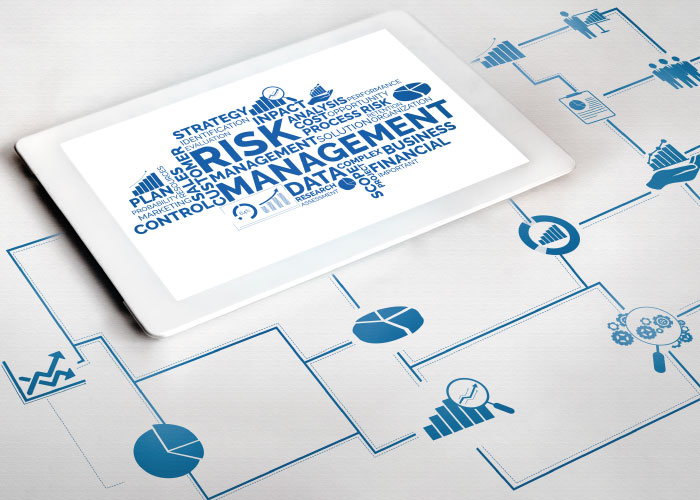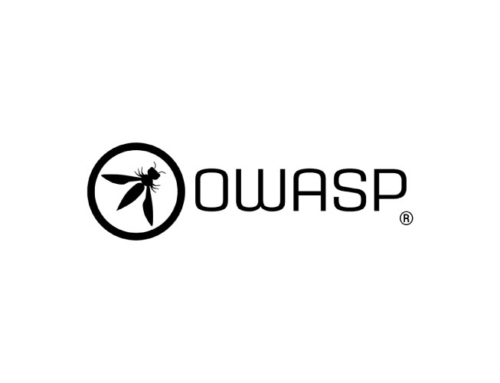Many companies don’t know where to start when it comes to SOC 2 compliance. This is especially true for SOC 2 for SaaS. There is a lot to consider ranging from web application security testing to how well users interface with your project.
What makes this even more tricky is that SOC 2 compliance requirements look different based on the types of systems they are testing. There are general outlines for these requirements, but the specifics will be unique to your operation.
Let’s demystify this industry-standard compliance testing. We’ll go over the basics of SOC 2 security and the SOC 2 controls you can implement to stay ahead of these tests. We also put together a handy SOC 2 compliance checklist you can run through with your dev team today.
Let’s dive into SOC 2 compliance, requirements, and how to get ready for your test.
What is SOC 2 Compliance?
SOC 2 for SaaS is one of the most important types of independent testing your company can go through. SOC stands for Service Organization Control 2 and is designed to test the privacy, integrity, and security of your SaaS.
Starting out your compliance begins with a good SOC 2 compliance checklist. This gives your dev team the direct goals they need to complete the SOC 2 requirements. A checklist also gives you resources for what your team needs to prioritize.
The core of SOC 2 compliance also means understanding the two types of reports that SOC 2 generates.
The Two SOC 2 Security Reports
When it comes to your SOC 2 controls, they are going to be measured against two basic types of tests. One of these covers basic web application security testing while the other assesses how your systems handle application vulnerability based on the results of the first test. Here’s how they break down.
SOC 2 Type I is the first of the tests your team will go through. Type I testing looks at your cybersecurity protocols and whether or not they can meet relevant standards. Type I testing takes your entire operation into account when looking at the overall security that you have implemented.
SOC 2 Type II is the second line of testing. Type II testing is where the results of Type I are put to the test. Type II testing sees how well your systems handle real-world stress and how they operate overtime.
Both of these tests come together to create the overall results of your SOC 2 compliance.
How Long Does a SOC 2 for SaaS Report Take?
A SOC 2 for SaaS compliance report takes time to generate. Here’s the general SOC 2 compliance testing timeline your team can expect.
The SOC 2 report itself is going to take anywhere from six months to one year to complete. This largely depends on the third-party testing your systems and how complicated those systems are in the first place. Your SOC 2 compliance requirements get more complicated as your systems get more complicated and the data they handle becomes more sensitive.
There is another factor when it comes to timing SOC 2 security tests and that’s lead time. It can take up to a full year of lead time for your SOC 2 compliance test to begin. This time not only accounts for scheduling in this demanding field, but it also involves compliance teams looking at your systems and understanding the types of tests they’re going to need to conduct.
These tests are ongoing. One of the reasons that they can take so long to complete is that systems need to be viewed over time. Threats emerge and evolve in real time and a proper study of these vulnerabilities naturally occurs over a period of months.
The Core SOC 2 Compliance Requirements
SOC 2 compliance requirements aren’t just a measure of your company’s technical security. They are a series of protocols and standards that must be practiced. SOC 2 security is more than just owning technology and software that keeps information safe, it’s regularly using it.
These SOC 2 controls are the core requirements companies will need to meet in order to be in compliance with SOC 2 standards. These are open-ended categories that are specifically defined based on the scope of your operation.
- Security – This looks at how well your systems are protected against unauthorized access both on physical and logical terms
- Availability – This requirement makes sure that your end-users can access your systems based either on agreements made with your company or the technical promises your services advertised
- Confidentiality – This one is as straightforward as it gets. How well do your systems protect the confidential information they store?
- Privacy – Related to confidentiality, this requirement looks at the storage, destruction, and management of sensitive personal information stored and transmitted across your systems
- Process Integrity – This last category looks at the overall functioning of your systems to ensure that they operate accurately, efficiently, and on time
A Quick SOC 2 Compliance Checklist
You need to run through this basic SOC 2 checklist to get the most out of this web application security testing. This checklist covers everything from application vulnerability to the reasons your company is going through SOC 2 compliance testing.
Run through this quick checklist to make sure you’re on the right track for your SOC 2 compliance testing.
- SOC 2 Scope and Objectives – This should cover what you hope to get out of the SOC 2 compliance test whether that’s a better understanding of application vulnerability or a roadmap to better practices
- Pick Your SOC 2 Requirement – Each test covers only 1 of the 5 SOC 2 requirements we mentioned earlier. You only need to test for them one at a time. Finding your reasons for picking which one you want to test for is one of the biggest tasks you need to complete before your test
- Practice Test – You should always run a practice test for SOC 2 compliance. This can be conducted internally, by a third party, or by the certified CPA that is conducting your SOC 2 compliance
- Bridge the Gaps – After your practice test, you’ll no doubt find plenty of gaps separating where you are now and where you need to be. Now you can bridge those gaps and get ready for the real SOC 2 test
- Assess Where You’re At – Before submitting for the real deal, take a final assessment of where your operation is at. Make sure to pay extra attention to changes that might have happened between your practice test and today
Wrapping Up SOC 2 Controls and Best Practices
Now that you’re armed with a simple, but effective, SOC 2 compliance checklist, you’re ready to start getting prepped for your first SOC 2 test. What are the core requirements that your team should address first in your quest to complete SOC 2 compliance?





